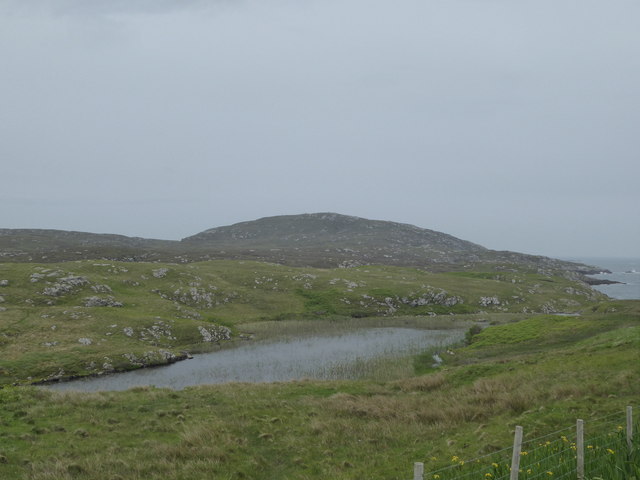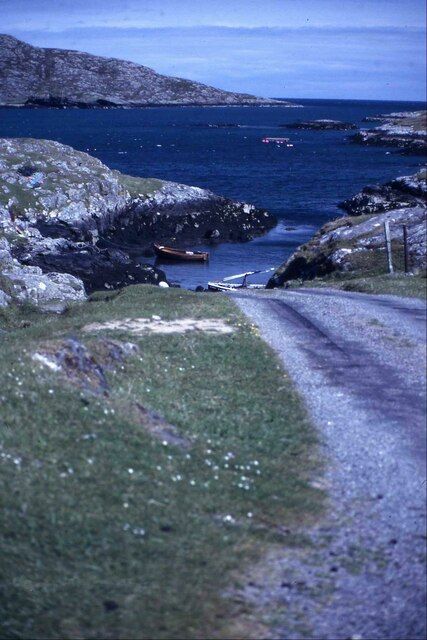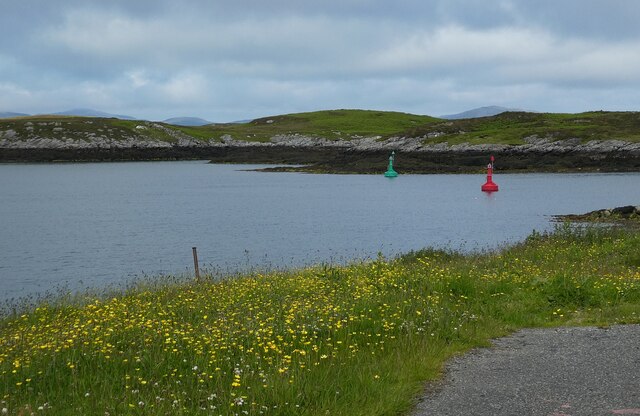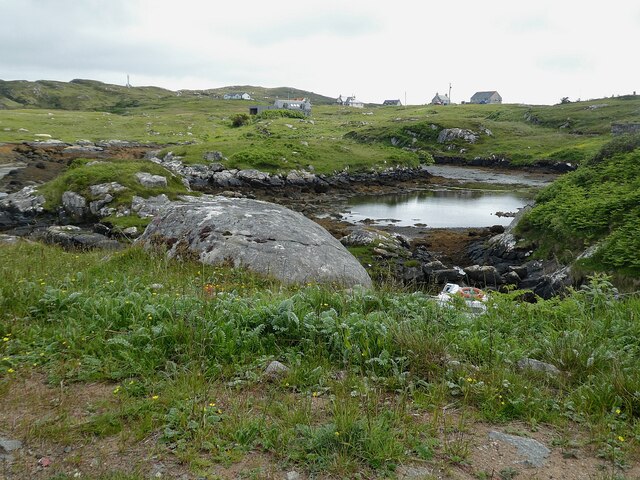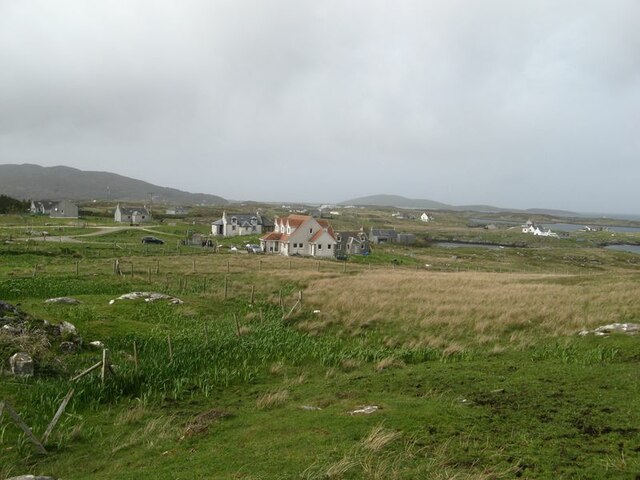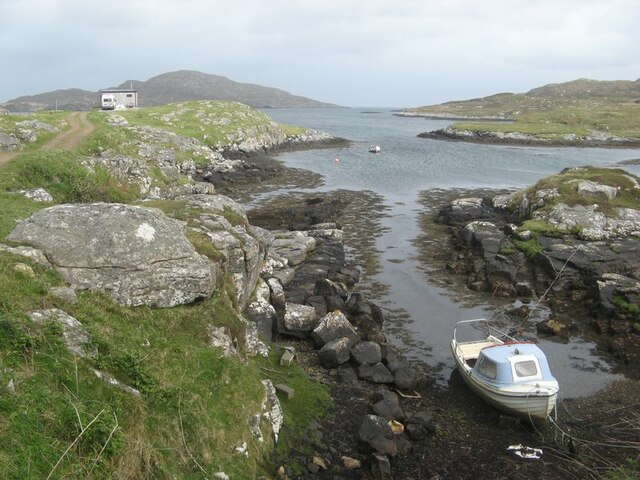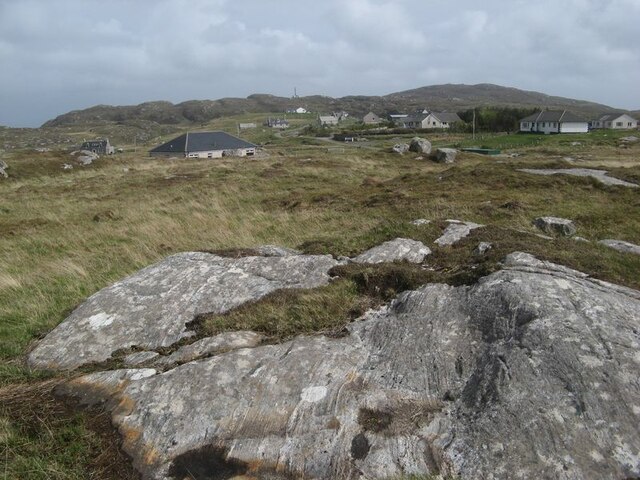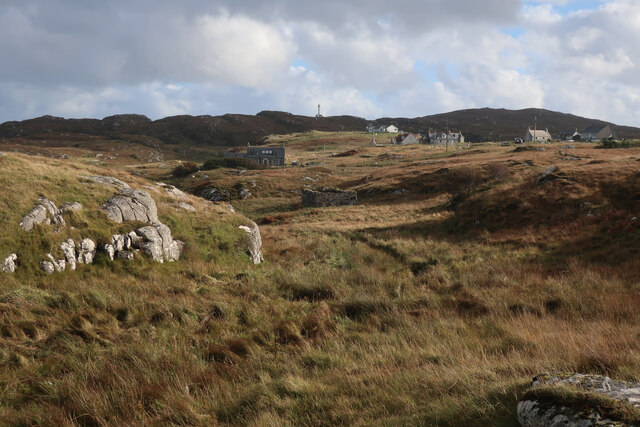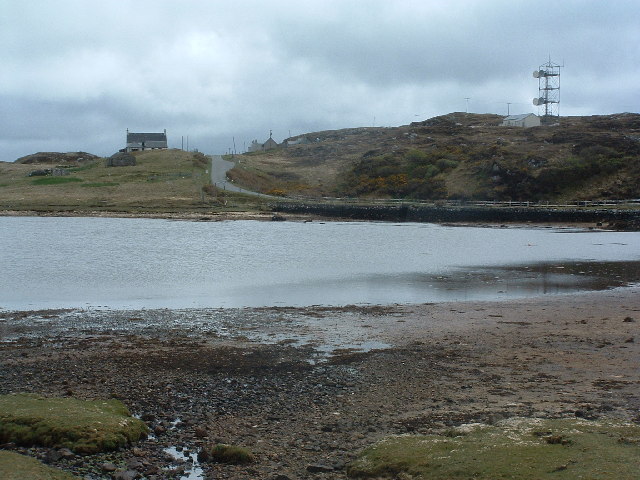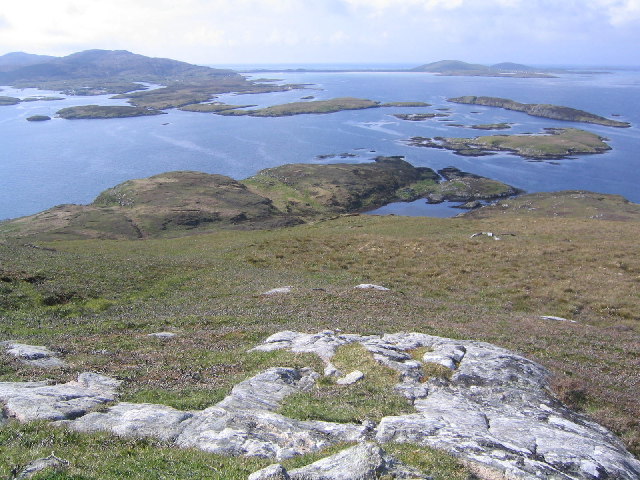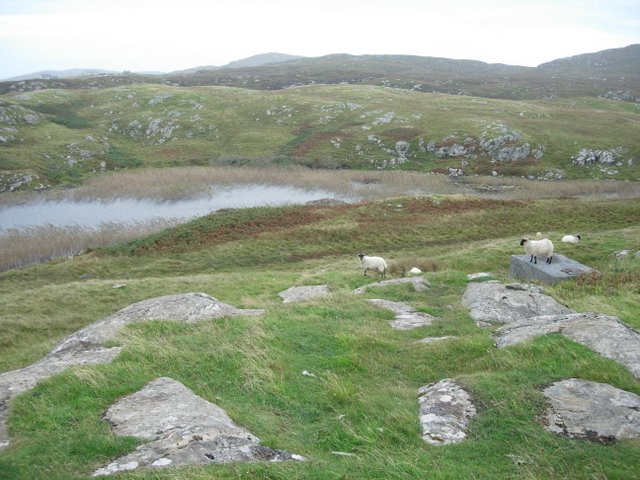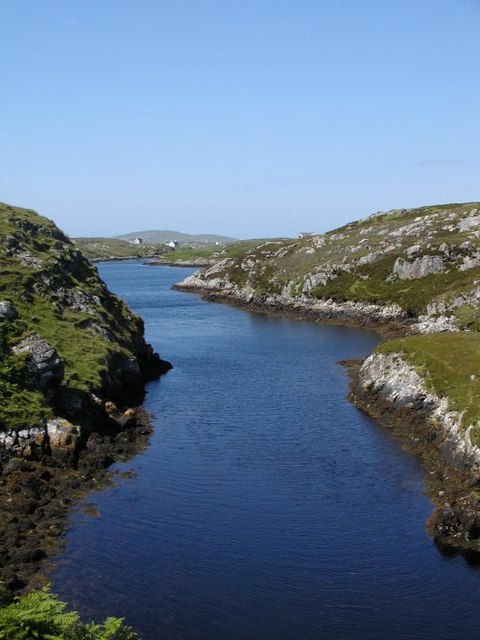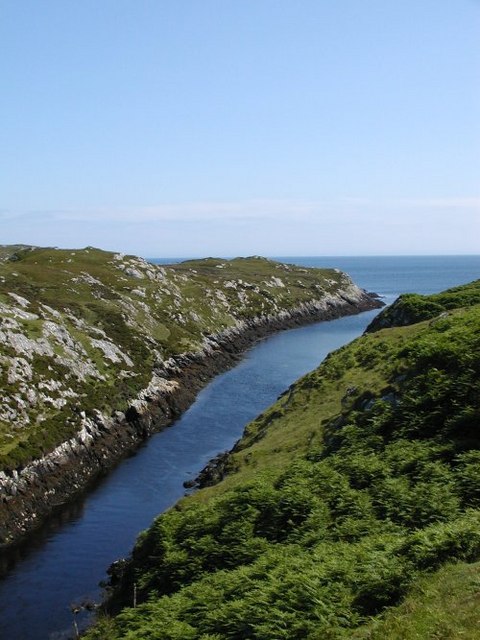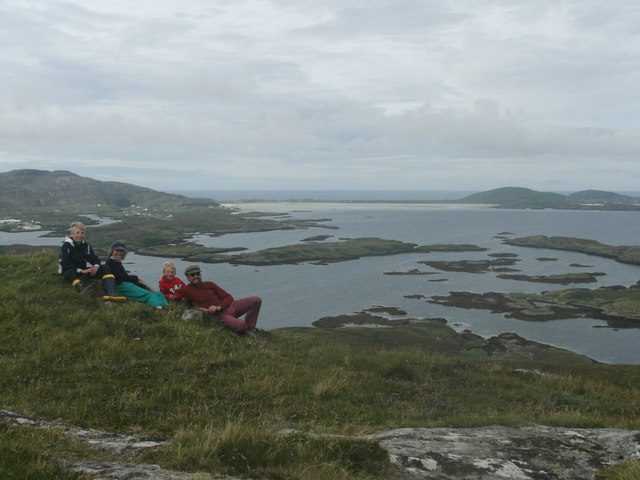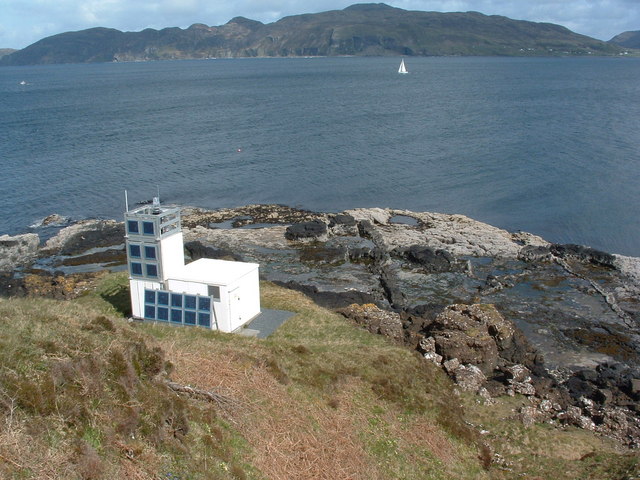Rubha na h-Acairseid
Coastal Feature, Headland, Point in Inverness-shire
Scotland
Rubha na h-Acairseid
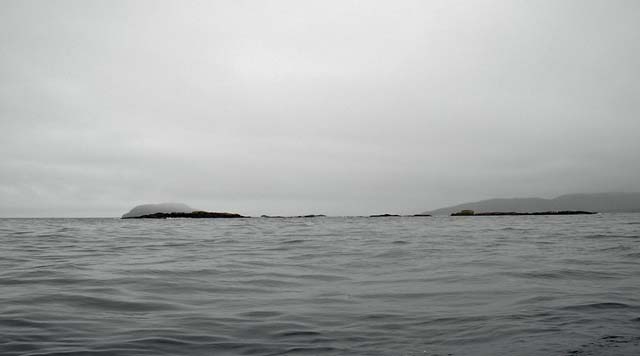
Rubha na h-Acairseid is a prominent coastal feature located in Inverness-shire, Scotland. Also known as Achairst Point, it is a headland that extends into the North Atlantic Ocean. Situated on the western coast of the Scottish Highlands, it is approximately 8 kilometers northwest of the village of Gairloch.
This headland offers stunning panoramic views of the surrounding landscape and the ocean. Its rocky cliffs rise steeply from the water, providing a dramatic backdrop to the rugged coastline. The area is known for its rich biodiversity and is home to various seabirds, including puffins, guillemots, and razorbills. Visitors can often spot seals basking on the rocky shores or swimming in the nearby waters.
Rubha na h-Acairseid is a popular destination for outdoor enthusiasts and nature lovers. It offers excellent opportunities for hiking, with several coastal trails that wind along the headland, providing breathtaking vistas at every turn. The area is also known for its geological significance, with interesting rock formations and fossil deposits.
In addition to its natural beauty, Rubha na h-Acairseid is steeped in history. The headland was once home to a small settlement, and remnants of ancient buildings can still be seen. The site also played a role in local folklore and legends, adding to its mystique.
Overall, Rubha na h-Acairseid is a captivating coastal feature that offers a unique blend of natural beauty, recreational opportunities, and historical significance.
If you have any feedback on the listing, please let us know in the comments section below.
Rubha na h-Acairseid Images
Images are sourced within 2km of 56.986535/-7.3783039 or Grid Reference NF7301. Thanks to Geograph Open Source API. All images are credited.
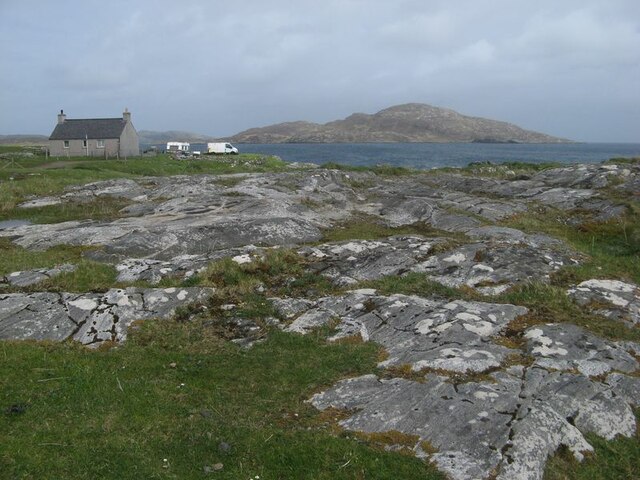
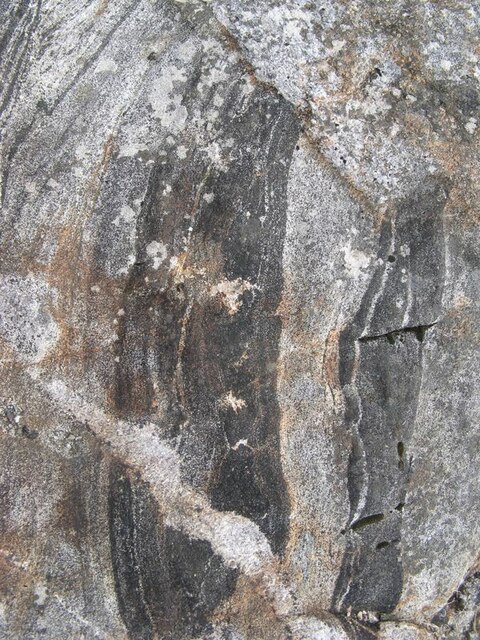
Rubha na h-Acairseid is located at Grid Ref: NF7301 (Lat: 56.986535, Lng: -7.3783039)
Unitary Authority: Na h-Eileanan an Iar
Police Authority: Highlands and Islands
What 3 Words
///nightcap.awards.hides. Near CastleBay, Na h-Eileanan Siar
Nearby Locations
Related Wikis
Fuiay
Fuiay (Scottish Gaelic: Fùidheigh) is an island in Scotland. It is one of ten islands in the Sound of Barra, a Site of Community Importance for conservation...
Flodday (Sound of Barra)
Flodday or Flodaigh (Scottish Gaelic), is a currently uninhabited island that lies to the north east of Barra and is one of ten islands in the Sound of...
Bogach
Bogach (Scottish Gaelic: A' Bhogach) is a village on the island of Barra in the Outer Hebrides, Scotland. Bogach is also within the parish of Barra, and...
Ardmore, Barra
Ardmhor (Scottish Gaelic: Aird Mhòr) is a small village in the north east of the Isle of Barra in the Outer Hebrides, Scotland. In 2002 a small ferry port...
Have you been to Rubha na h-Acairseid?
Leave your review of Rubha na h-Acairseid below (or comments, questions and feedback).
